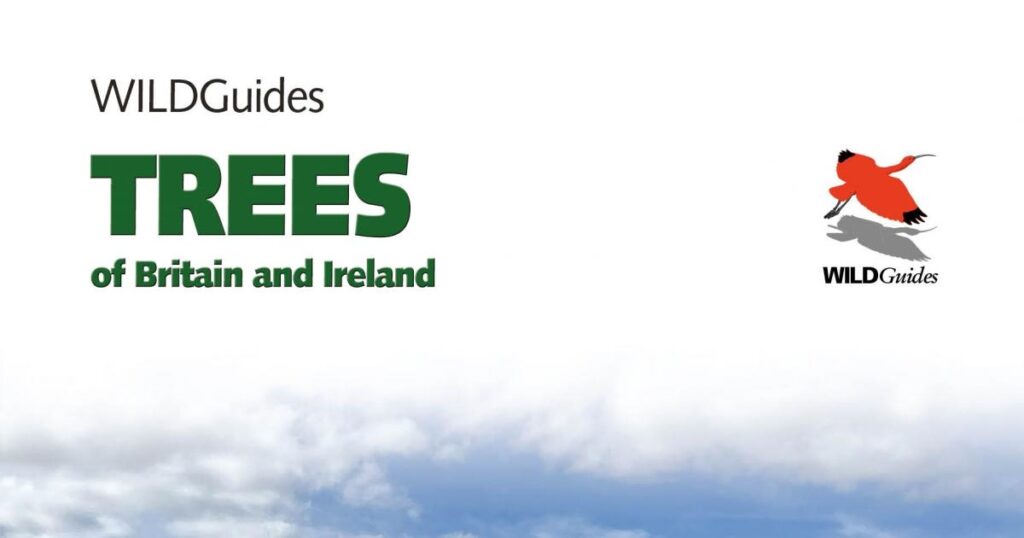Can there be anything more sacred or important to the countryside connoisseur than a silent army of wildlife havens ?
Wild Things: Will “paint it black” option save our birds?
Indeed every human on the planet has reason to be grateful for nature’s gift of trees. Quite apart from their natural capacity to absorb harmful carbon and their ability to provide shelter and food for a whole host of wildlife including insects, birds and mammals, trees are the source for many of life’s essentials. Trees provide wood vital for housebuilding, boatbuilding and outbuildings. From roof supports, window frames, stairs and garden sheds to beds, furniture, deckchairs, the humble pencil and the newspapers you read, trees are crucial in our everyday lives and much loved.
Remember the outcry when Sheffield councillors ordered destruction of street trees, the anguish over loss of the famous Sycamore Gap tree near Hadrian’s Wall and shock over the recent felling of ancient Enfield oak on the orders of a pub group. It’s difficult to imagine a world without trees. Yet how many of us stop to admire trees or consider how they work. How many of us can identify more than a few species among Britain’s estimated three billion trees?
Wild Things: Long wait to discover future of Crossness Nature Reserve
A new book helps those seeking tree knowledge. Trees of Britain and Ireland is the latest identification guide in the superb Wild Guides series by Princeton which has already featured mammals, birds, insects, butterflies, moths, dragonflies, amphibians, spiders, hoverflies and many more. All feature magnificent illustrations and pertinent information. This latest offering is no exception. Author John Stokes is director of trees, science and research at the Tree Council which celebrates its 50th anniversary with this book. He contributes extensive knowledge accumulated in more than three decades studying British trees. Much can be learned from studying the 3,000 photographs and 270 illustrations highlighting key tree identification features. All 113 native trees and shrubs are covered with summaries of when they flower, fruit and leaf and references to wildlife dependent on them.
But it is much more than just an identification guide. Readable accounts relate how roots, buds and bark function, why leaves change colour, how seed dispersal works and why trees have rings. Perhaps most fascinating is an essay on the history of treescapes. Amazingly, despite pressure from road building, housebuilding and rail line construction, an estimated 13.2per cent of Britain is still covered by woodlands. Trees outside woodlands, for example in parks, school grounds or private gardens, are believed to account for another 3.2per cent of Britain’s landmass. This may seem a high figure for a nation which ripped up many of its trees to construct navy ships then much later cleared space for huge farm machinery to operate by grubbing out hedgerows.
But Britain is way behind Finland with 66 per cent tree cover, Spain 37per cent and France 32 per cent. In Europe only Malta and Ireland have less tree cover than Britain. Yet the author suggests there is good news regarding British trees with expansion over recent years due to extensive replanting programmes. Read this book and you will never take trees for granted again.




